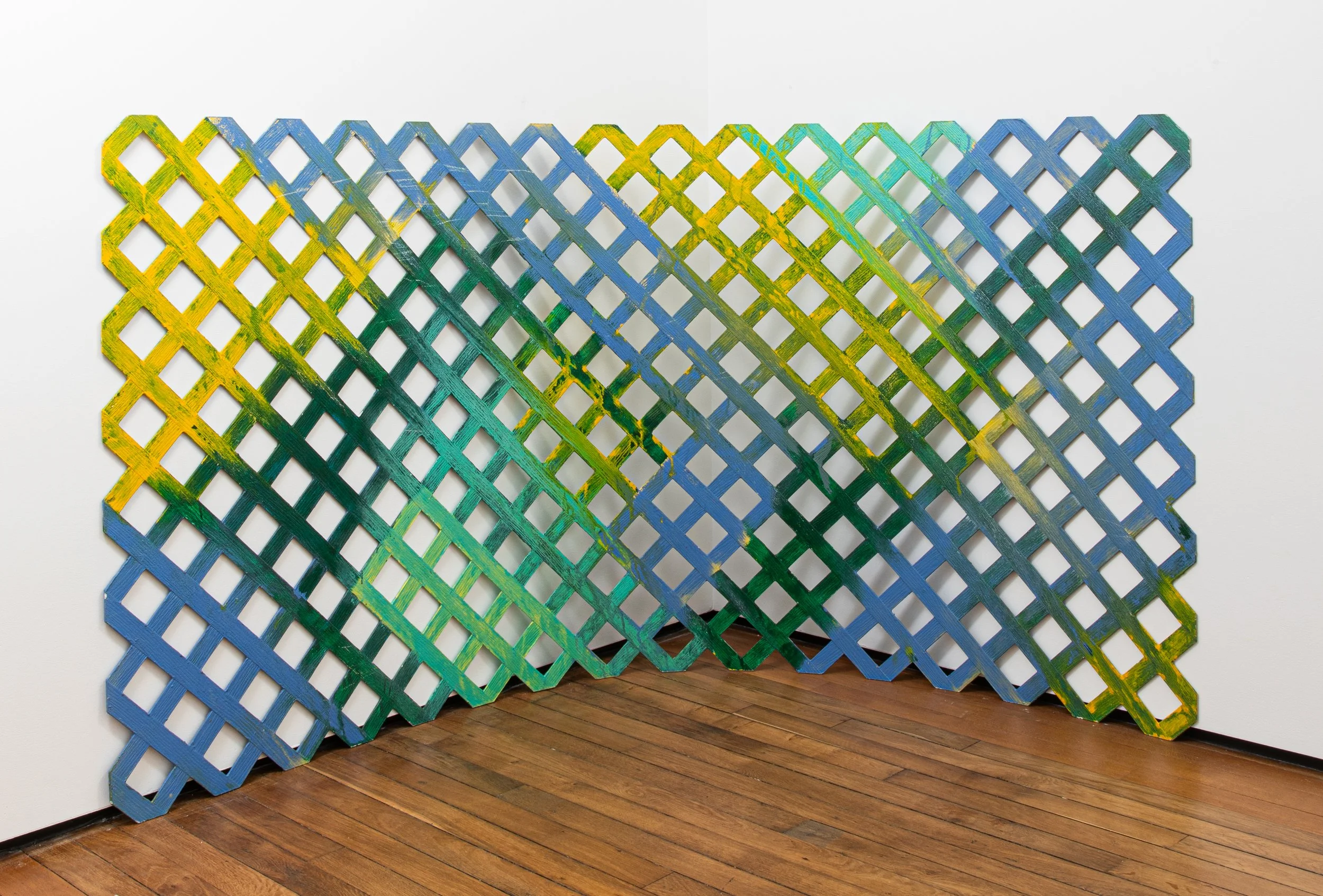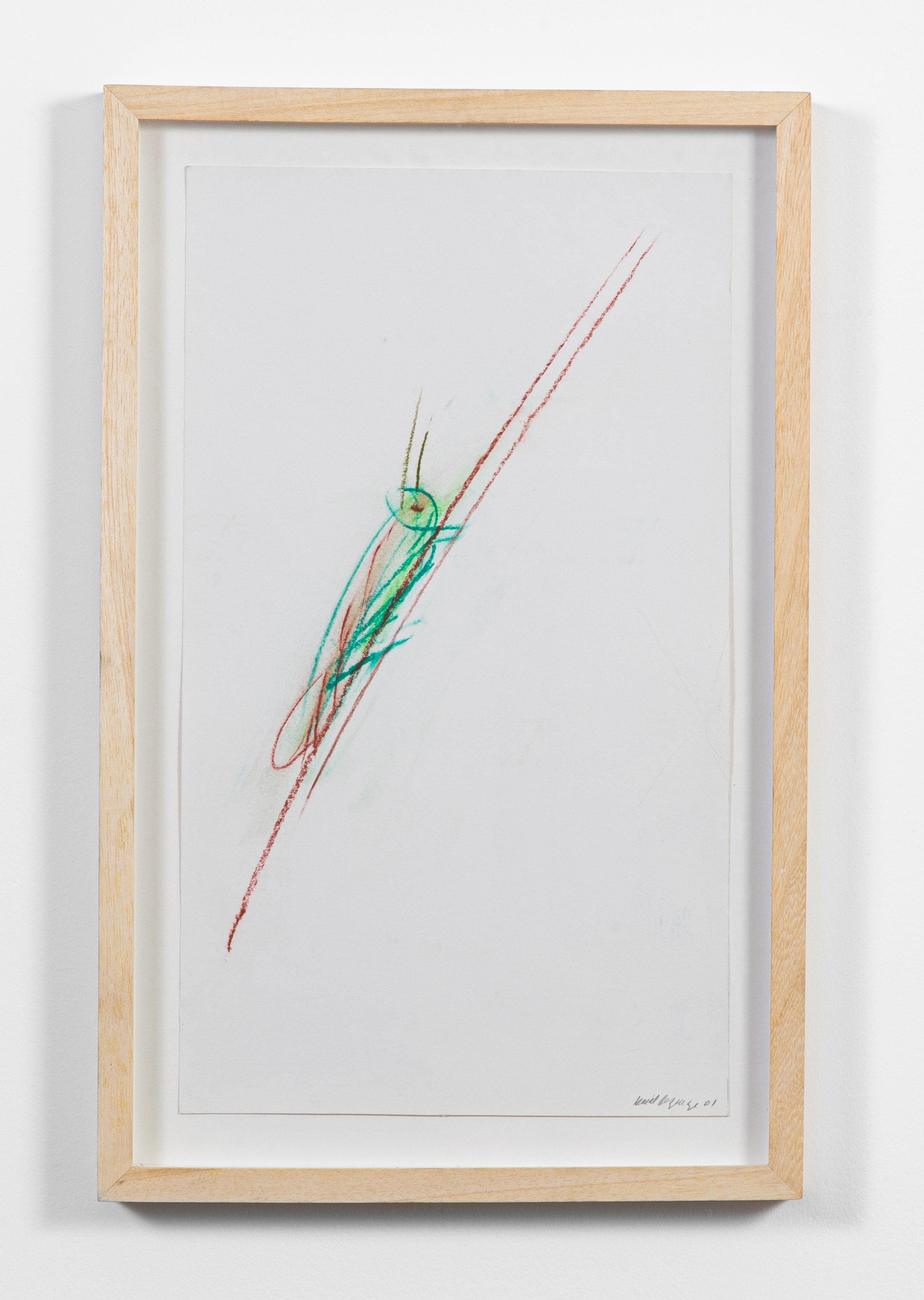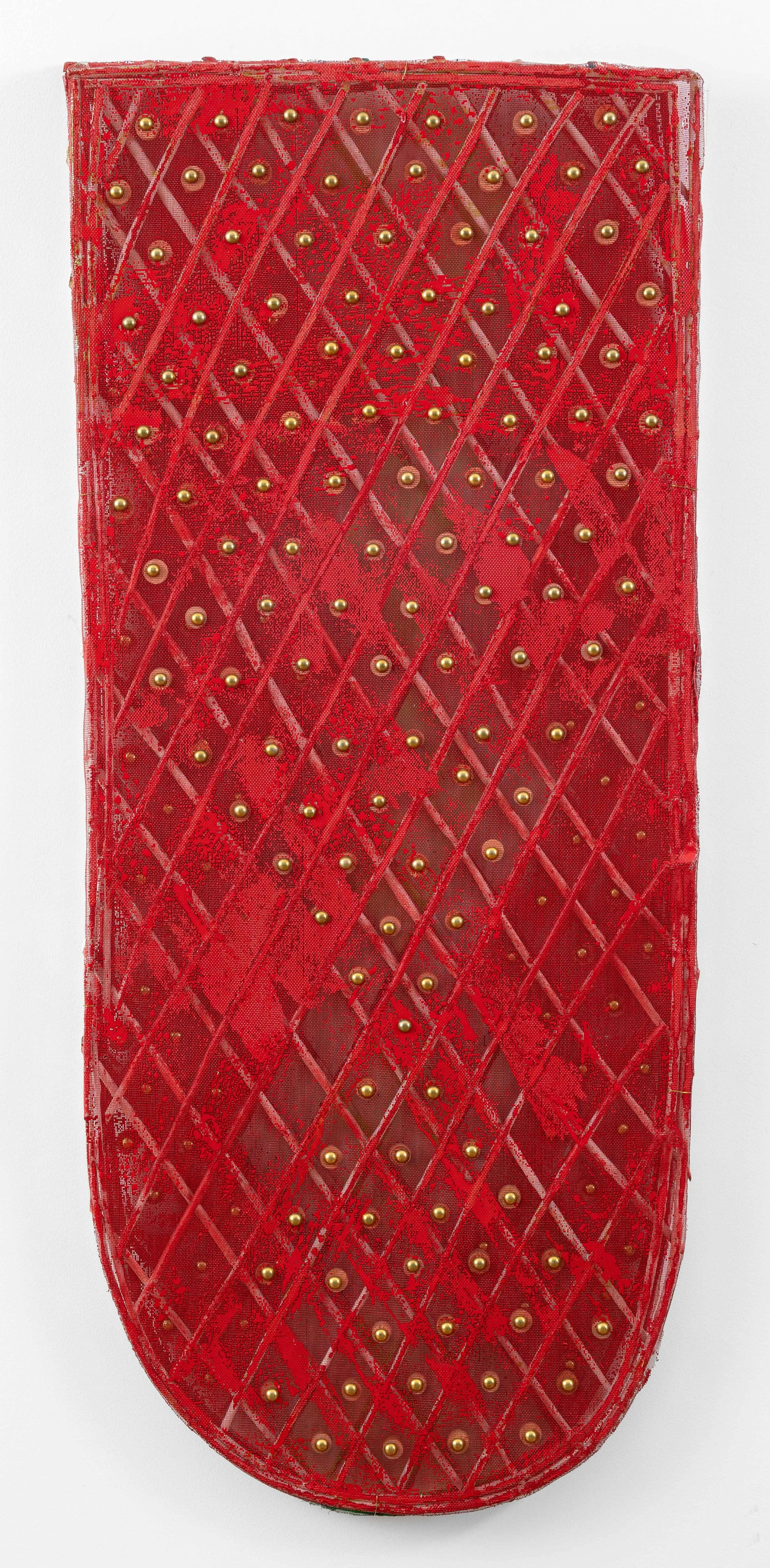A Distinctive Conversation with Daniel Dezeuze
Toutes les images / All images :© Courtesy de l’artiste et TEMPLON, Paris —Brussels — New York
Born in 1942 in Alès, Daniel Dezeuze lives and works in the southern French port town of Sète. His work has been widely exhibited since the 1970s in France and internationally. The Musée de Grenoble held a retrospective of his art in 2017, while the FRAC Occitanie in Montpellier held an exhibition of his drawings in 2015. MAMAC in Nice (2012), Centrale Electrique in Brussels (2009), and the Musée Fabre in Montpellier (2009) have also shown his work. In 2008, he exhibited his entire oeuvre at the Musée Paul Valéry in Sète.
His art has featured in a wide variety of group exhibitions: at Collection Lambert in Avignon in 2022, FRAC Poitou Charentes in 2020, Musée de l’Abbaye Sainte -Croix in Les Sables d’Olonne (MASC) and MOCAD in Detroit, USA, in 2019, Carré d’Art in Nîmes. In 2017, Abattoirs in Toulouse in 2015, Villa Datris in L’Isle sur la Sorgue, Musée du Louvre Lens and Musée d’Art Moderne et Contemporain in Strasbourg in 2014, Musée Picasso in Antibes and Centre Pompidou Metz in 2013, MAMAC in Nice in 2012, Centrale Electrique in Brussels, Belgium, in 2009 and Fundació Suñol in Barcelona, Spain, in 2007. Daniel Dezeuze has been represented by Galerie Templon since 1999.
I had the honor of asking Daniel about how the architecture of Mexico and the Mayans influenced his work, about being one of the founders of the French group of artists called Supports/Surfaces, what some of his literary favorites are, how he continues to grow and evolve as an artist, and so much more.
UZOMAH: As one of the founding members of the French group of artists called Supports/Surfaces, how important is it for collectives like Supports/Surfaces to still exist in society?
DANIEL: Throughout the twentieth century, in particular, there have always been groups of artists who have self-proclaimed themselves as "avant-gardes." In some cases, there was a real dynamic: cubism, expressionism, neo-classicism, and so on. But now, there has been a breakdown of current trends in favor of seasonal fashions, often subject to the art market. Supports/Surfaces lasted a very short time; it was an ephemeral collective that left its mark.
U: Over the decades, how have you decided which galleries or curators to work with? What advice would you give to an artist on how to take advantage of finding artistic spaces to show their work?
D: It was the curators and galleries who chose me. I was young and didn't know much about the art world when I arrived in Paris after a stint in Toronto.
U: The architecture of Mexico and the Mayans has profoundly impacted design; how did you incorporate its impact on you through your art?
D: My latest works allude to the architecture of certain pre-Columbian sites, such as the friezes on temple facades. But I also evoke this world through the dense green colors of the Yucatecan forests.
Toutes les images / All images :© Courtesy de l’artiste et TEMPLON, Paris —Brussels — New York
U: Where does your curiosity about nomadic and non-European cultures come from? How do you use anthropology to explore these cultures through your art?
D: I became interested in the cultures of the First Peoples of America very early on, first in 1964-65 in Mexico, then in 1966-67 in Canada, by visiting the places in question. Museums like the Anthropology Museum in Mexico City (which I attended when it opened in 1964) were revelations at the time.
U: What are some aspects of this Mexican and that of the Mayan architect do you favor the most?
D: I was particularly struck by the spaciousness of the sites, which doesn't correspond at all to our European vision. The layout of architecture and sites is always a surprise for me, as it was during my stays in Asia (Taiwan, Japan, China).
U: Your exhibition explores your trip to Mexico; how can taking trips to other countries help open artists' views and enhance their ability to see the world through their art?
D: I think that artists have a vested interest in seeing how urban and rural spaces are organized in other countries. It relativizes and renews our vision.
Toutes les images / All images :© Courtesy de l’artiste et TEMPLON, Paris —Brussels — New York
U: You studied Spanish literature at the University of Montpellier while attending classes at the art college, then finished your doctorate in Comparative Literature at the Sorbonne in Paris in 1970. How did your time as a student of literature and art intersect with each other?
D: My studies in literature helped me at a particular time when I had to write texts on painting to defend my work, which art critics in Paris at the time didn't understand.
U: A common theme you explore is an urgent desire to deconstruct painting to re-examine its history and question its nature. By stripping something of its existence, how do you find its intended origin?
D: It was a moment when I posed the question of the painting in the context of questioning art and its role in our society.
U: How do you stay connected and up-to-date with the art world?
D: I'm increasingly interested in the origins of art. I was interested in the origins of writing, then in the role of the hand and perspectivist space. Don't you think that's already a vast program?
Toutes les images / All images :© Courtesy de l’artiste et TEMPLON, Paris —Brussels — New York
U: Having such an accomplished career in art, what are some things you have done to ensure you continue to grow and develop as an artist?
D: Let's remain humble. In the artist's craft, there are moments when things advance or slow down. In any case, we have to stick to formal matters. That's what it's all about
U: What are some literary titles that have influenced your artwork and why?
D: It depends on the moment. Right now I'm reading Baudelaire, not only the poems but also his commentaries on the paintings of his time. I can't say if there's any influence. In any case, for me and for all artists, he's an example of an ethic.
For more information about Daniel’s latest exhibition, please visit the Templon Gallery here.



